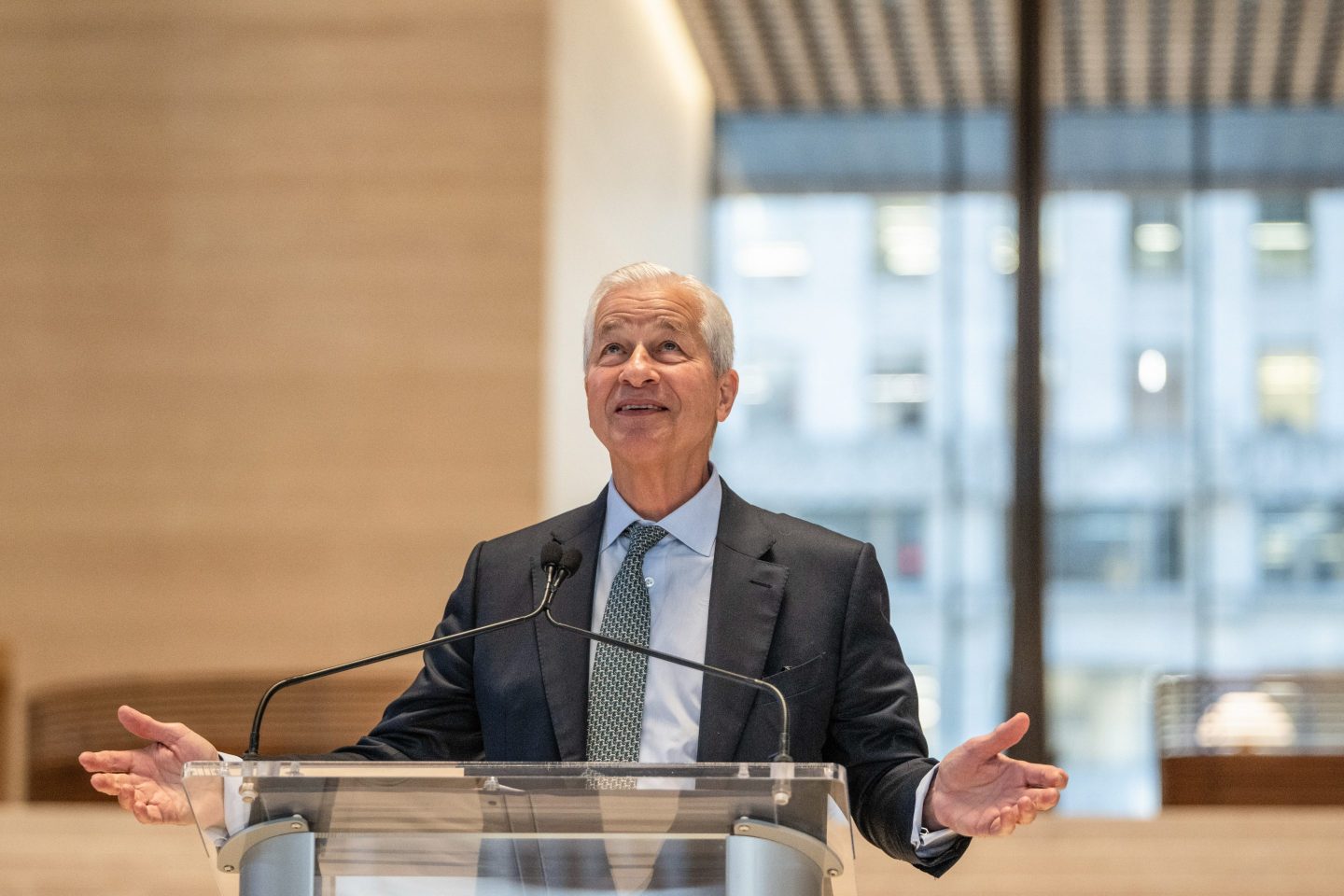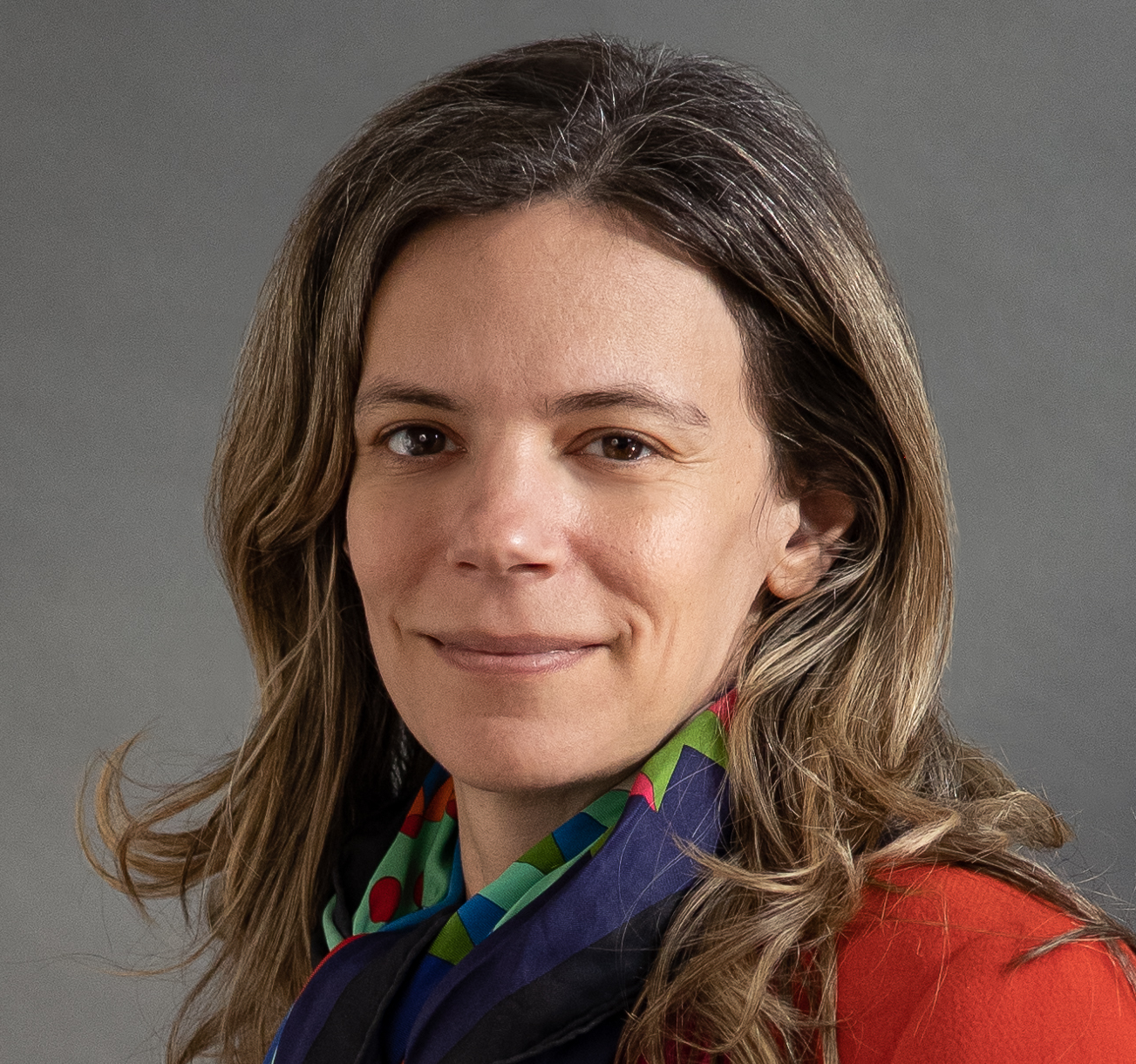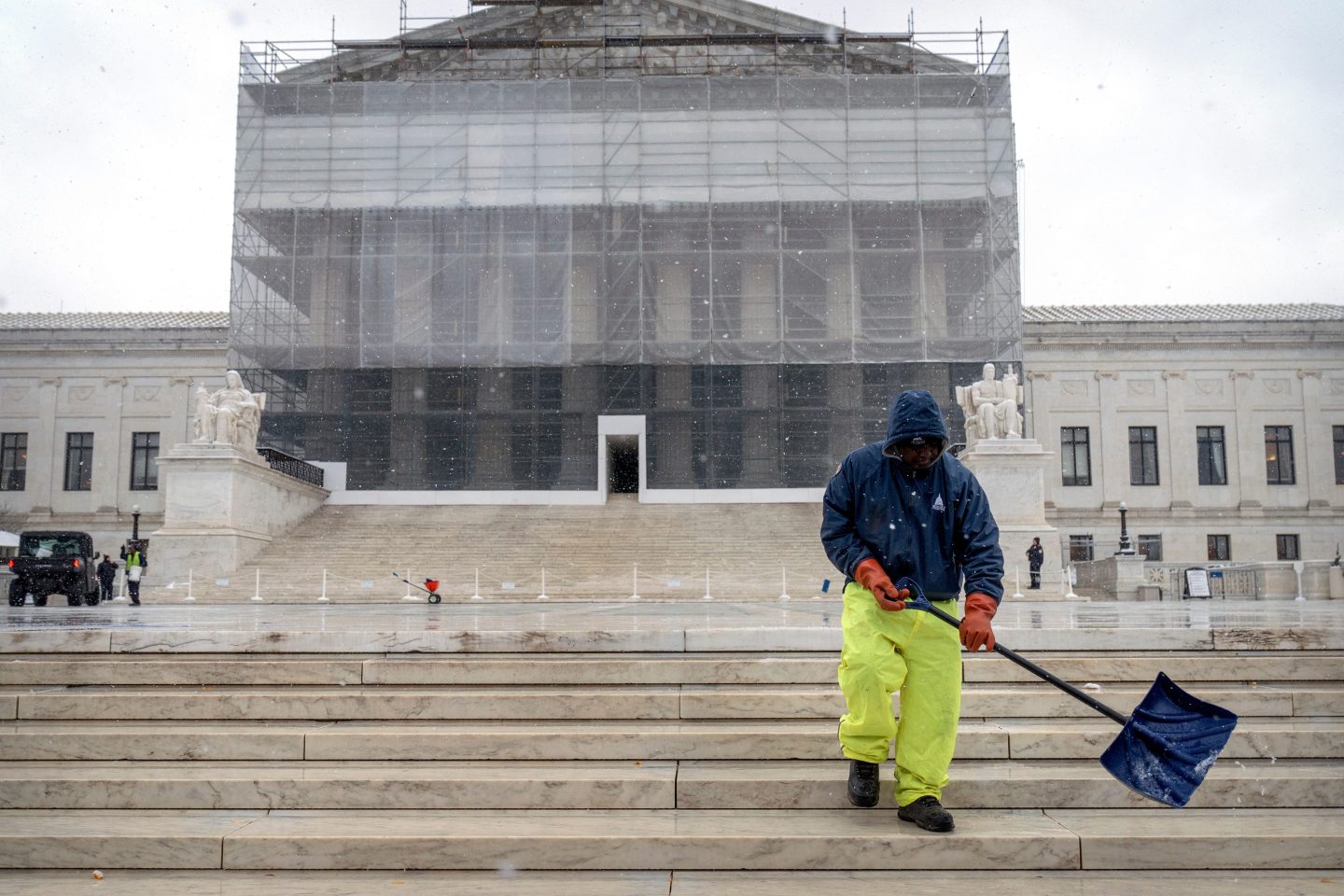Good morning.
The rise of “fake news”—or perhaps just its seemingly wide influence—has been one of the most dispiriting phenomena of the past few months. It’s true that shoddy, one-sided, and outright false information has always existed and savvy readers learn to use their critical faculties. But as a person who has had the professional experience of attempting to establish facts in highly disputed situations, I know how much work it can take to pin down even a few. It simply isn’t practical to do that if, say, you’re a regular person just trying to catch up on the news and live a normal life.
I’m bringing this up because two of the most fascinating articles I read this week concern a related problem, but one that gets a lot less attention: Shoddy, and sometimes even fraudulent, science. Admittedly, this isn’t strictly speaking a “business” issue, but it certainly affects business (and everything else) and the central figure in the first article below is a billionaire hedge fund manager. So read on for two pieces that could depress you (because they cast doubt on a lot of science) or inspire you (because some smart, committed people are trying to fix the problem).
The War on Bad Science, Part I
To say John Arnold is a standout would be an understatement. By age 22, he was a star natural-gas trader at Enron—unlike the cowboys there, he was known as quiet and thoughtful—and managed to escape the company’s wreckage unscarred and untainted. He went on to found his own gas-trading hedge fund, Centaurus, and in short order became a billionaire. He “retired” at age 38, and began grappling with a problem very few of us will ever face: How to productively use his billions. This Wired feature chronicles those efforts. Arnold and his wife, through their foundation, are underwriting a “movement to fix science.”
Arnold’s quest began when he heard a podcast interview with science journalist Gary Taubes, who argued that
“the prevailing dietary wisdom of the past 40 years—that eating too much fat leads to obesity and heart disease—arose from the flimsiest of scientific evidence…. [W]henever evidence came along that contradicted the consensus about the dangers of eating fat—often evidence that was much stronger than the evidence for the dangers—it was ignored or not even published. Hardly anyone in the world of nutrition science seemed willing to question the science behind the low-fat diet, even after Americans grew fat and diabetic in record numbers.
The picture Taubes painted wasn’t of a flawed study here or there but of a fundamentally broken scientific culture. [Before long, the Arnold Foundation had contributed $40 million to Taubes’ effort to investigate and address the problem..]
“Science is built like a building,” Arnold says. “One floor on top of the next.” In nutrition, “the whole foundation of the research had been flawed. All these things that we thought we knew—when we step back and look at the evidence base—it’s just not there.” Arnold says that now, unless he trusts a researcher’s work, he no longer believes the findings of any scientific study until he or someone on the staff carefully vets the paper. “A new study shows …” are “the four most dangerous words,” Arnold wrote on Twitter.
Arnold’s quest seems noble and the article has an added (albeit depressing) payoff: If you’ve ever wondered why science claims in the health and nutrition claims seem to zig-zag so frequently, the shoddy science you see here is certainly a key part of the explanation.
The War on Bad Science, II
"The Hi-Tech War on Science Fraud," in the Guardian, is even more disturbing than the Wired article. As the title states, it focuses on outright fraud rather than mere sloppiness. The article suggests that at least 2% to 5% of scientific papers are based on phony research and the number is likely much higher. (The story chronicles a few people who you could call the Bernie Madoffs of the science world.) In this article, the heroes are a handful of scientists who have developed a computer program that sniffs out anomalies. Using it, the article states, revealed that "about half of all papers in psychology journals contained a statistical error." The scientists are now developing a program aimed at uncovering outright "fake or manipulated results." Can it work? It's hard to say. But if you read this article, you'll be convinced that such an effort would be well the time.
To Give Or To Take?
In 2013, Wharton professor Adam Grant published Give and Take, a book that attracted a lot of attention because it argued that selflessness leads to more success than does selfishness. Four years later, Grant and a colleague, Reb Rebele, have returned with further research on the topic and the result is a cover story in Harvard Business Review entitled “Beat Generosity Burnout.” Their perspective now seems to be more nuanced. I’d say it advocates “selflessness…within reason.”
Indeed, the authors connect unlimited self-sacrifice with poor outcomes: “Compared with their self-protective peers, selfless teachers saw significantly lower student achievement scores on standardized assessments at the end of the year…. Selfless educators exhausted themselves trying to help everyone with every request. …Despite their best intentions, these teachers were inadvertently hurting the very students they wanted to help.
This kind of dilemma isn’t unique to teaching, as the authors make clear, and the consequence can be burnout in the office. Perhaps this is surprising only to the authors, who after all are rebutting (or at least, refining) a position that many wouldn’t have agreed with in the first place (though I sure hoped Grant was right). Still, there are some surprises and practical information here.
| Nicholas Varchaver | |
| @nickvarchaver | |
| nicholas_varchaver@fortune.com |












